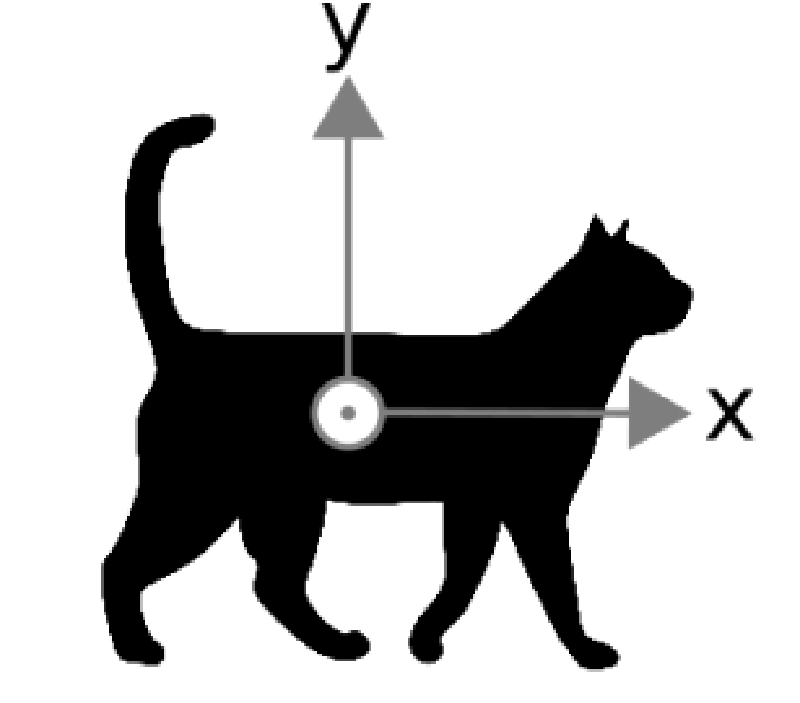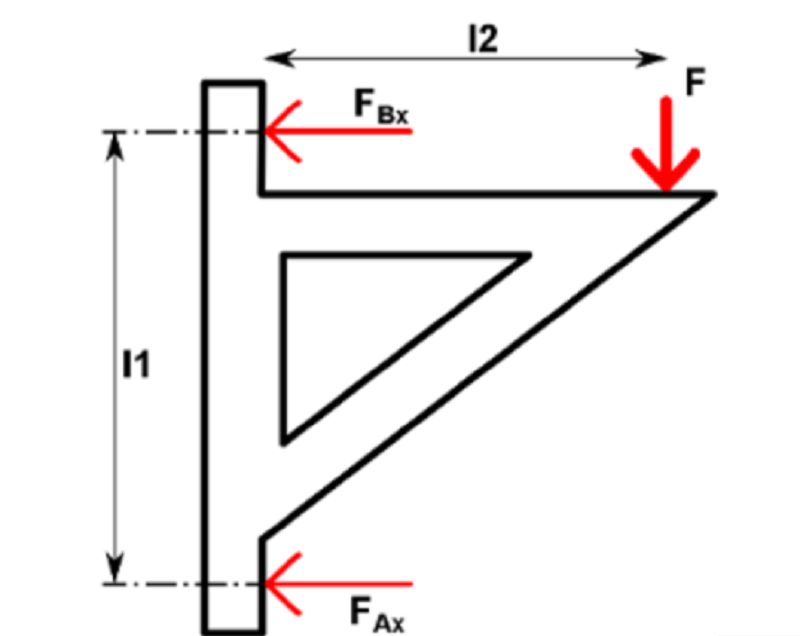29_11_FSG
{"name":"29_11_FSG", "url":"https://www.quiz-maker.com/QPREVIEW","txt":"Welcome to the FSG Technical Knowledge Assessment! This quiz is designed to challenge your understanding of automotive engineering concepts, signal interference, forces in mechanics, and various calculations related to vehicles.Test your knowledge with questions that cover:Electromagnetic interference in automotive systemsVehicle dynamics during accelerationCalculations involving forces and pressuresAerodynamics and sound levels in vehicles","img":"https:/images/course3.png"}
More Quizzes
FSG#109
13612
Trivia
1160
���บบทดสอบ เพื่อทดลองใช้ข้อสอบออนไลน์
420
Scopri il Tuo Stile Personale
10527
HiSET Reading Practice Test - Free Online Prep
201017141
Why Catalysts Are Found in Liquid Monomer
201018615
Elf Movie - Buddy the Elf Trivia Challenge
201020098
Who Knows the Couple Better? Free Bride & Groom
201018085
Papilla & Hair Follicle Anatomy - Trichology
201019189
What Do I Want for My Birthday? - Find Gift Ideas
201017203
Unusual Chickens for the Exceptional Poultry Farmer
201018459
Test Your IQ Free Online - Instant Results
201021471




